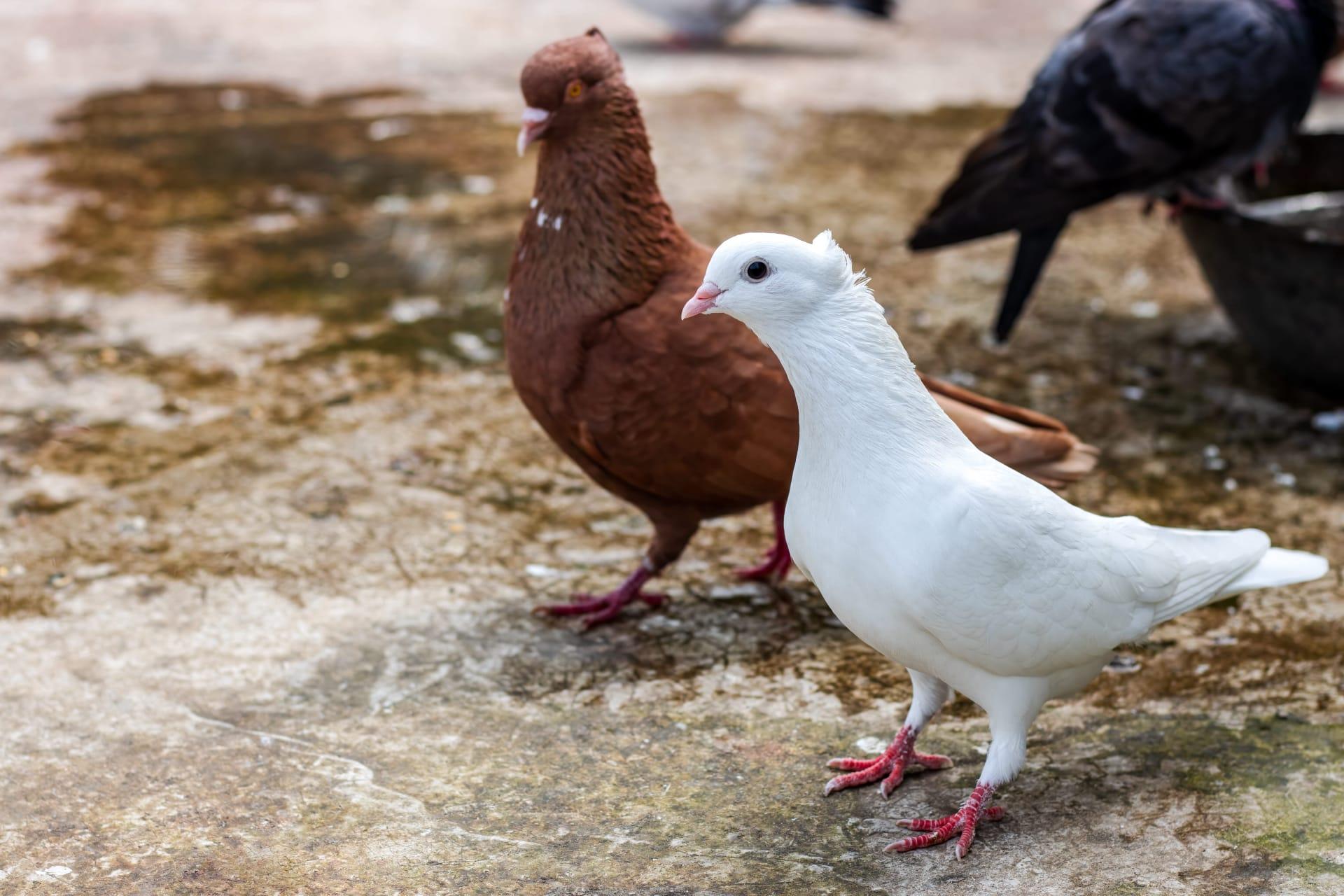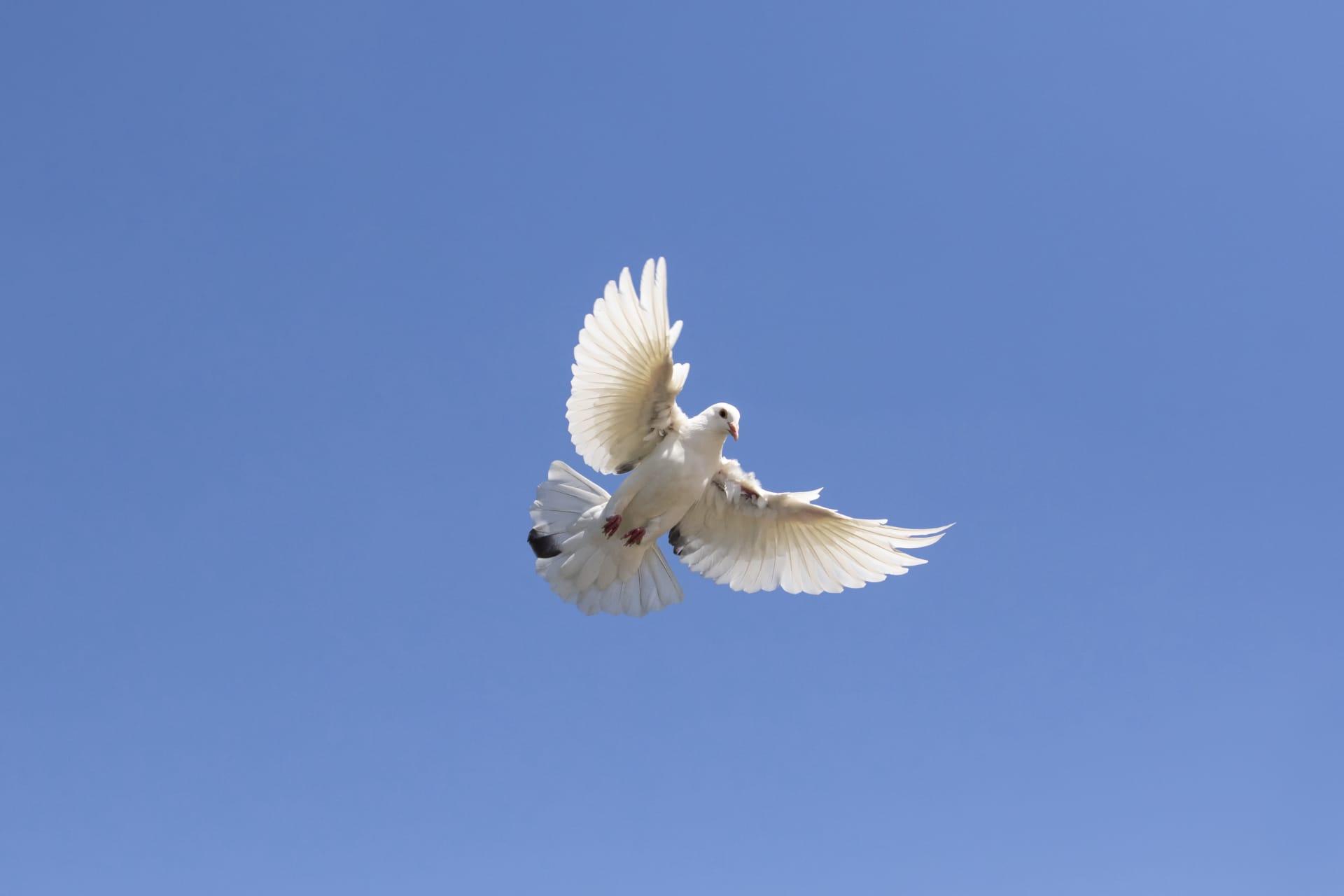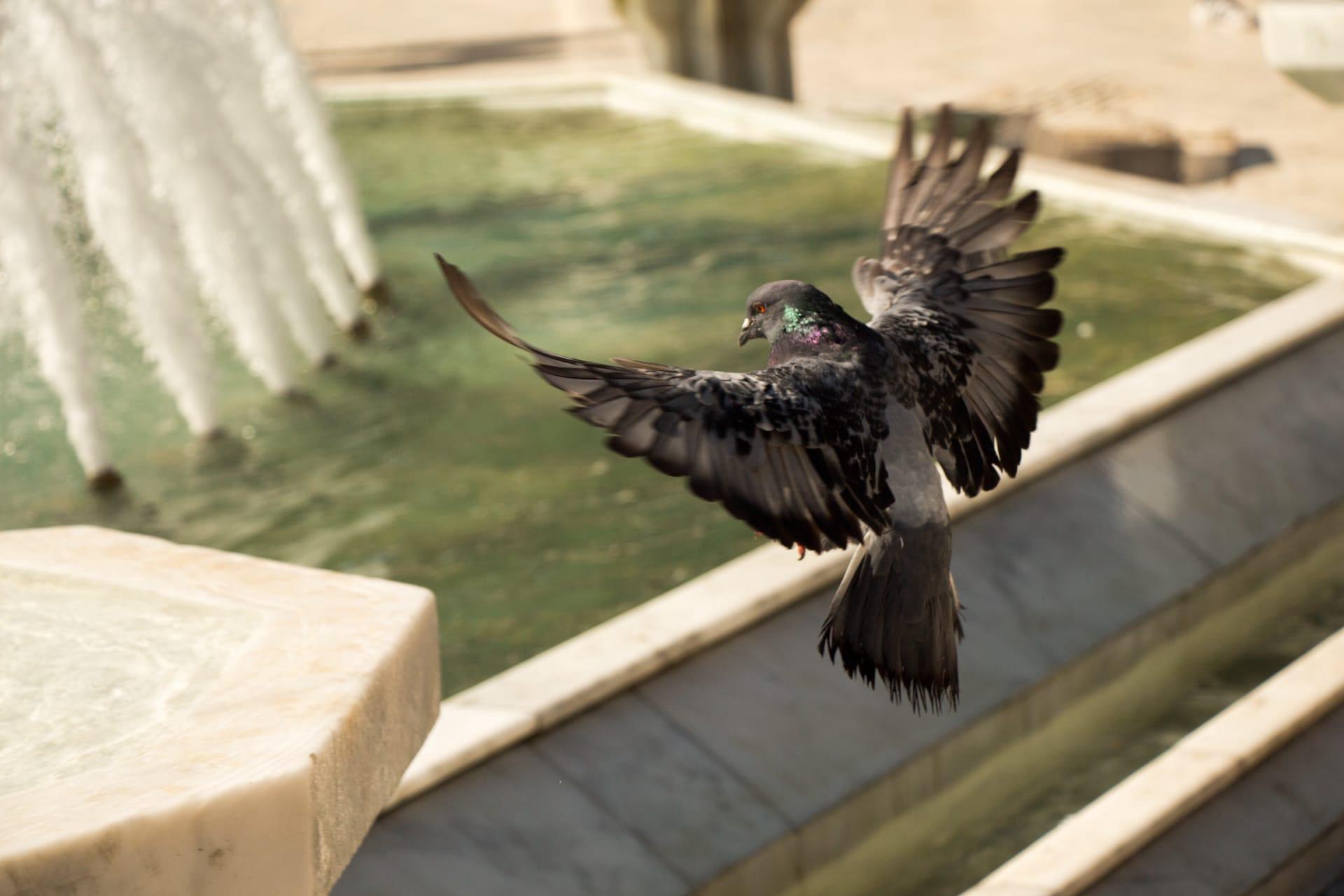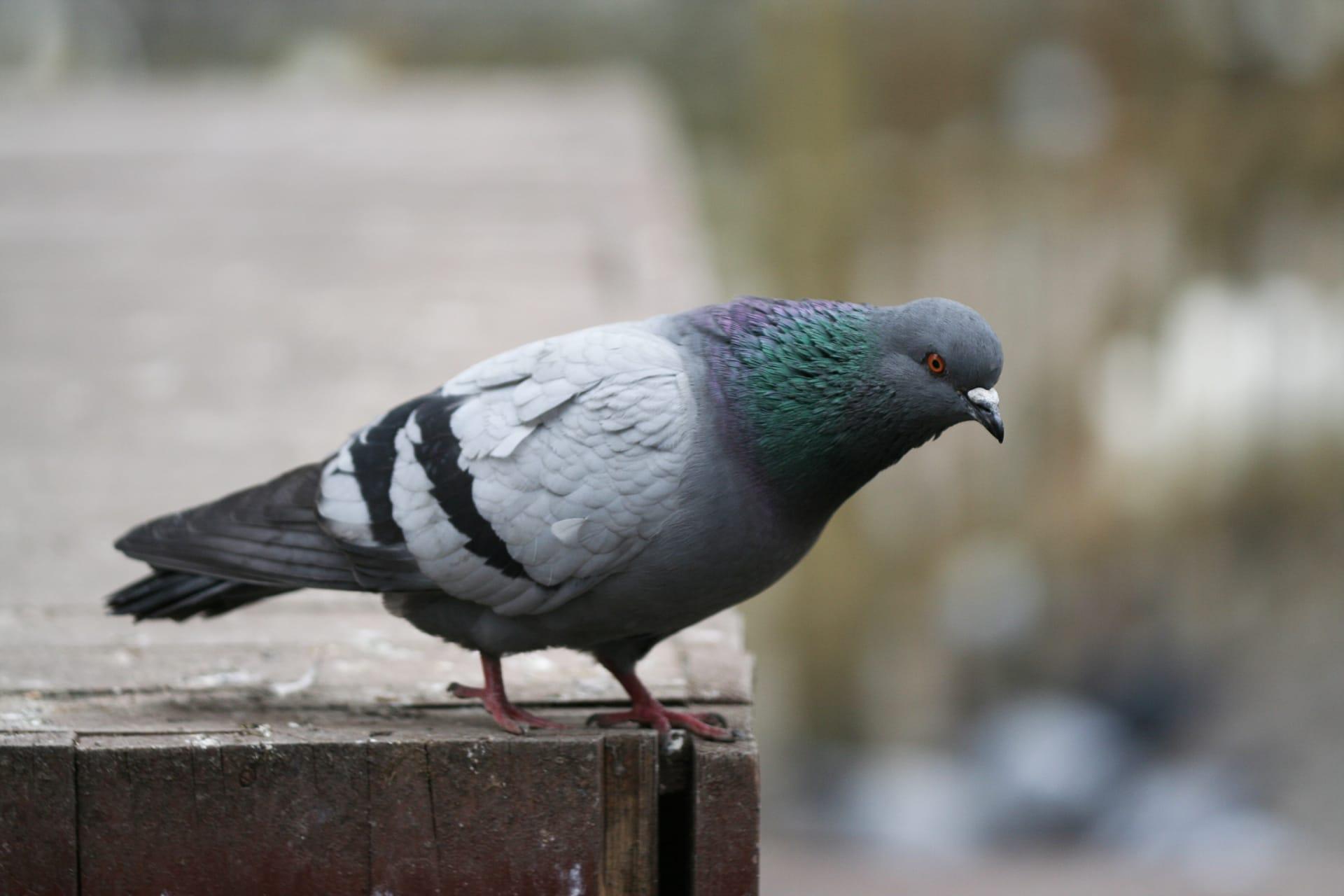1
Pigeons have remarkable navigational abilities. They can find their way back to their nests from distances as far as 1,300 kilometers (about 800 miles). This homing instinct is attributed to their keen sense of Earth's magnetic field and their exceptional vision, allowing them to use landmarks for navigation. These birds have been used as messengers in various historical contexts, including carrying vital information during both World Wars.
Pigeons exhibit a unique courtship behavior known as 'bow-cooing.' During this ritual, the male pigeon puffs out his chest, struts around in a circle, and makes a distinctive 'coo' sound to attract a mate. This behavior is often accompanied by the male offering gentle pecks to the female and showing off his iridescent neck feathers. The ritual plays a crucial role in mate selection and bonding between pigeons, highlighting their complex social behaviors.

2
The lifespan of pigeons is notably longer in captivity compared to the wild. In urban environments, pigeons typically live for around 3 to 5 years, but in captivity, they can live up to 15 years. This difference is largely due to factors like predation, disease, and food scarcity in urban settings, whereas in captivity, they receive regular food, healthcare, and protection from predators.
Pigeons have a remarkable ability to differentiate between different letters of the alphabet and can even be trained to distinguish between photographs of different people. This cognitive ability is quite rare among birds and highlights their high level of visual perception and memory. Researchers have utilized this skill in various experiments, demonstrating pigeons' potential to assist in tasks like image categorization and even lifesaving activities like detecting cancer in medical images.

3
Contrary to popular belief, pigeons are not dirty birds. In fact, they are very clean and spend a significant amount of time grooming themselves. Their feathers contain a special oil that helps keep them clean and waterproof. Pigeons bathe in water and even in dust to maintain their feather health, demonstrating an innate behavior for personal hygiene.
Pigeons have been revered in many cultures throughout history. In ancient Mesopotamia, they were symbols of fertility and prosperity, while in medieval Europe, they were often seen as symbols of peace and love. Pigeons were also considered sacred in ancient Egypt, and they played a significant role in Greek and Roman mythology, often depicted as messengers of the gods or as representations of love and devotion.

4
Pigeons have a diverse diet and can eat a variety of foods, which is partly why they thrive in urban environments. They primarily feed on seeds and grains but can also consume fruits, vegetables, and even human food scraps. This adaptability in diet contributes to their survival in different habitats, from rural areas to bustling city streets.
The cooing sound made by pigeons is actually a form of communication. Each coo can have different meanings, ranging from signaling danger to expressing contentment. Male pigeons also use a louder and more elaborate coo to attract females during mating season. This vocalization plays a crucial role in their social interactions, emphasizing their complex communication skills.

5
Pigeons are one of the few bird species that produce a milk-like substance to feed their young. Both male and female pigeons produce 'crop milk,' a nutrient-rich fluid from their crop lining, to feed their chicks for the first few days after hatching. This milk contains proteins, fats, and immune-boosting components, providing the essential nutrients for the rapid growth of the pigeon chicks.
Pigeons have an extraordinary color vision. They are not only able to see the spectrum of colors that humans can, but they can also perceive ultraviolet light, a spectrum invisible to humans. This ability plays a significant role in their navigation, as they use ultraviolet light patterns in the sky to orient themselves during flight. It also influences their mating choices, as they can see ultraviolet light reflections on the feathers of potential mates, which aids in selecting a partner.